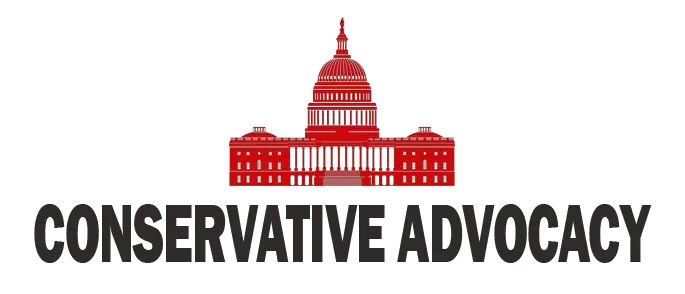This week, something rather interesting unfolded in Washington, D.C. German Chancellor Friedrich Merz paid a visit to President Trump in the Oval Office. Now, don’t go thinking this was just another normal meeting over coffee and pastries. Chancellor Merz brought with him a rather touching gift: a framed copy of his grandfather’s birth certificate. This isn’t just sentimental fluff; it has quite the backstory. Friedrich Merz’s grandfather, a man of great character, emigrated from Germany to the United States many moons ago. This thoughtful gesture not only highlights the personal connection between the two leaders but also symbolizes a shared commitment to strengthening ties between their nations.
As if that wasn’t enough, Merz also came with some serious business on his mind: defense spending. He openly endorsed an initiative dubbed the “Trump Bump,” which is a target for members of NATO to boost their defense budgets to 5% of their GDP. This is no small potatoes. As the geopolitical landscape changes, especially with Russia’s aggressive moves in Ukraine, it’s essential for NATO allies to step up their game to protect against potential threats.
Recent discussions have shown that there’s a growing consensus among NATO members regarding this increased spending. The time has come for European nations to pump up their military expenditures as the continent faces challenges not experienced since the days of the Cold War. Russia’s invasion of Ukraine has rattled nerves across Europe and has made it undeniably clear that these nations need to bolster their defenses. After all, when a big bully comes around, it’s wise to ensure that everyone is ready to stand together.
Kurt Volker, a former U.S. Ambassador to NATO, shared insights on this issue after recent discussions he had in Europe. He remarked that NATO needs to form a united front to deter further aggression from Russia. Many countries, including Germany, Poland, the Baltic States, and even Finland and Sweden, recognize the necessity of a robust defense strategy. If they don’t ramp up their military readiness, they risk giving an emboldened Russia the green light to escalate its aggression, potentially targeting others after Ukraine.
The heart of the matter is that Vladimir Putin’s choices have somewhat backfired on him. With NATO member countries rallying around a mutual goal, his aggressive actions have only managed to strengthen alliances that he sought to divide. And while President Trump commented on the complexities of the ongoing conflict, it’s becoming increasingly clear that allowing the fighting to continue unchecked could lead to greater problems down the line. The message is loud and clear: a united NATO, with increased defense spending, is key to navigating the uncertain waters of Europe’s geopolitical climate.
In summary, what began as a friendly visit between two leaders quickly evolved into a crucial conversation about international security and defense. The potential for a stronger NATO stands on the horizon, aiming to deter any further aggression from nations like Russia. As allies come together, perhaps the chilly winds of unrest in the region may warm a little, reminding everyone that unity—even when it’s about something as serious as defense spending—can be a powerful tool for peace.




